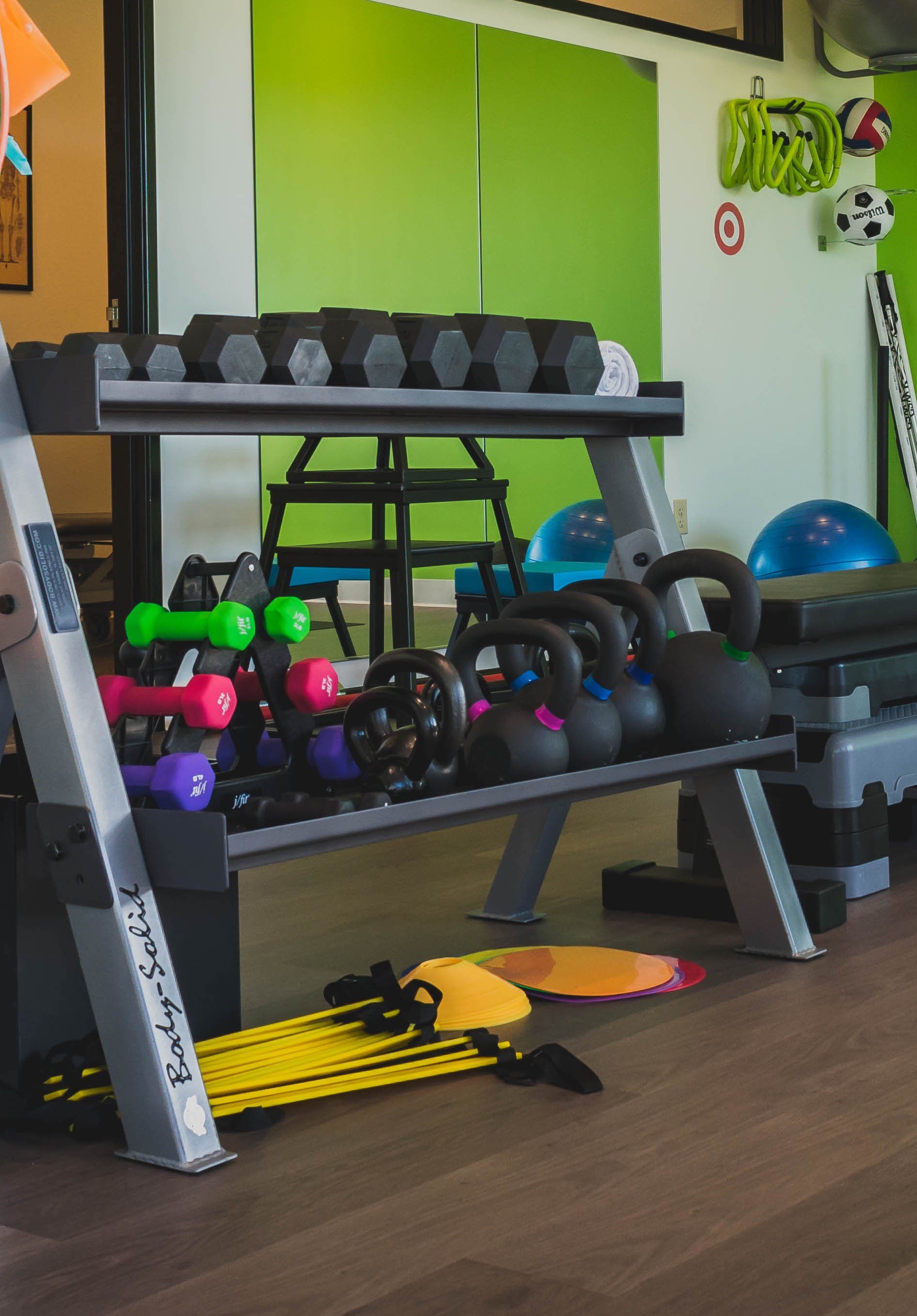Spine Pain
Get To The Root Of Your Spine Pain
Your spinal area is made up of multiple bones, ligaments, muscles and nerves and helps to support many of your daily motions from walking to sitting. One of the most common areas of pain in the body occurs in the lumbar region (low back) and cervical spine (neck).
Your lower back bears a lot of weight and the lower two discs in your lumbar region have the highest chance of disc herniation. Your spine is made up of 33 bones stacked on top of another with a cushion, intervertebral disk, in between each one. The disks have a soft center and a tough exterior. Herniated disk, sometimes called a slipped or ruptured disk, occurs when the soft center pushes through a crack in the tough exterior. When this occurs, it may touch nearby nerves that are tied to the legs and arms. This is why a slipped disc can cause pain, numbness or weakness in an arm or leg.
Your neck supports the weight of your head – the weight of a bowling ball! – and neck pain is generally felt directly around the neck area but it could also be felt through the upper arm, shoulder blade, forearm, or hand. Neck conditions have the potential to become chronic if the source of your pain isn’t treated.
Signs & Symptoms Associated With Spinal Pain
Since the spinal region is made up of a complex network of nerves, where you feel the pain may not be the source of your spine pain. For instance, a herniated disc can cause pressure on the sciatic nerve, causing a shooting pain down the back of the leg.
The pain associated with the spine can be put into two categories, depending on how long the pain lasts. Acute spine pain is typically a sharp pain and was caused by some sort of trauma and lasts less than three to six months. On the other hand, chronic spine pain, depending on the source of your pain can last more than six months.
Causes of pain:
-
- Nerves that surround the spine become irritated
- Muscles surrounding your spine are strained
- Bones, ligaments or joints in the area are injured
- Sudden impact such as a car crash
How Can Physical Therapy Help My Spine Pain?
- Physical therapists can assess movement patterns to determine the source of your spine pain symptoms and correct any movement dysfunction that they find. Treatment may include a combination of the methods below to address any muscular imbalances, nerve irritation or other spinal health concerns:
-
- Joint mobilization and manual therapy: Hands-on techniques used restore mobility to any joints or tissues that may be restricted. PTs will remove restrictions from those muscles to reduce pain and retrain your movement patterns.
- Custom exercises: Aimed to improve range of motion and strengthen muscles surrounding the spine. Besides your spine, areas of weakness could be in your hips, shoulders, and even the feet. Core strengthening exercises will also be key in reducing pressure from spinal misalignment in your back.
- Postural education: Aids with elongating the spine to reduce pressure on your back. If your spine is misaligned, your physical therapist will adjust certain aspects of your posture so you can re-establish spinal symmetry as best you can.
- Depending on the source of your spine pain, your physical therapist will customize a treatment plan based on their findings to get you back to feeling pain free.
